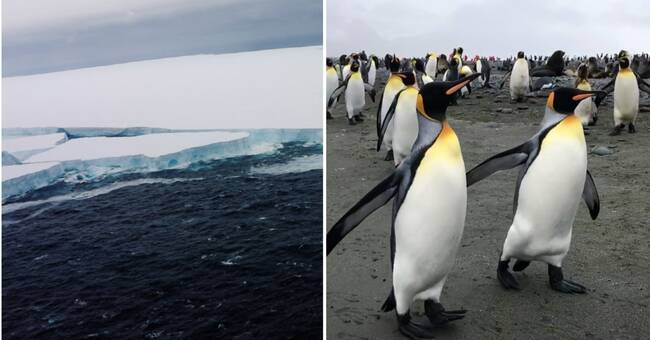In 2017, an iceberg broke loose from Antarctica.
It was named the A86a and was one of the largest ever observed.
In December last year, it was estimated to be around 4,000 square kilometers, larger than Gotland.
The iceberg has been floating around in the South Atlantic for over three years and strong currents have pulled the mountain towards the island of South Georgia in the South Atlantic.
It has worried researchers who fear that if the rock gets stuck outside the island, it could affect the rich wildlife that is there.
But new satellite images seem to show how the iceberg breaks up into smaller parts at the same time as it changes course and turns away from South Georgia.
See pictures of the A86a and its course in the clip above.

